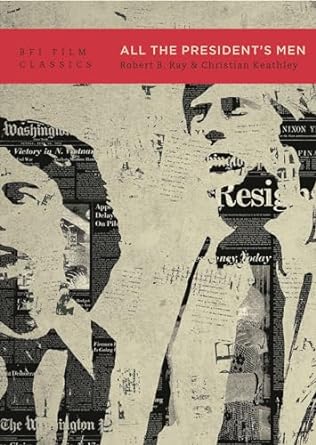 Robert B. Ray and Christian Keathley
Robert B. Ray and Christian Keathley
Bloomsbury Publishing
2023
Alan J. Pakula’s political thriller All the President’s Men (1976) was met with immediate critical and commercial success upon its release, finishing second at the box office and earning seven Academy Award nominations.
Through a close reading of key scenes, performances and stylistic decisions, Christian Keathley and Robert B. Ray show how the film derives its narrative power through a series of controlled oppositions: silence vs. noise; stationary vs. moving camera; dark vs. well-lit scenes and shallow vs. deep focus, tracing how these elements combine to create an underlying formal design crucial to the film’s achievement.
They argue that the film does not fit the auteurist model of New Hollywood film-makers such as Coppola and Scorsese. Instead, All the President’s Men more closely resembles a studio-era film, the result of a collaboration between a producer (Robert Redford), multiple scriptwriters, a skilful director, important stars (Robert Redford and Dustin Hoffman), a distinctive cameraman (Gordon Willis), an imaginative art director (George Jenkins) and ingenious sound designers, who together created an enduringly great film.